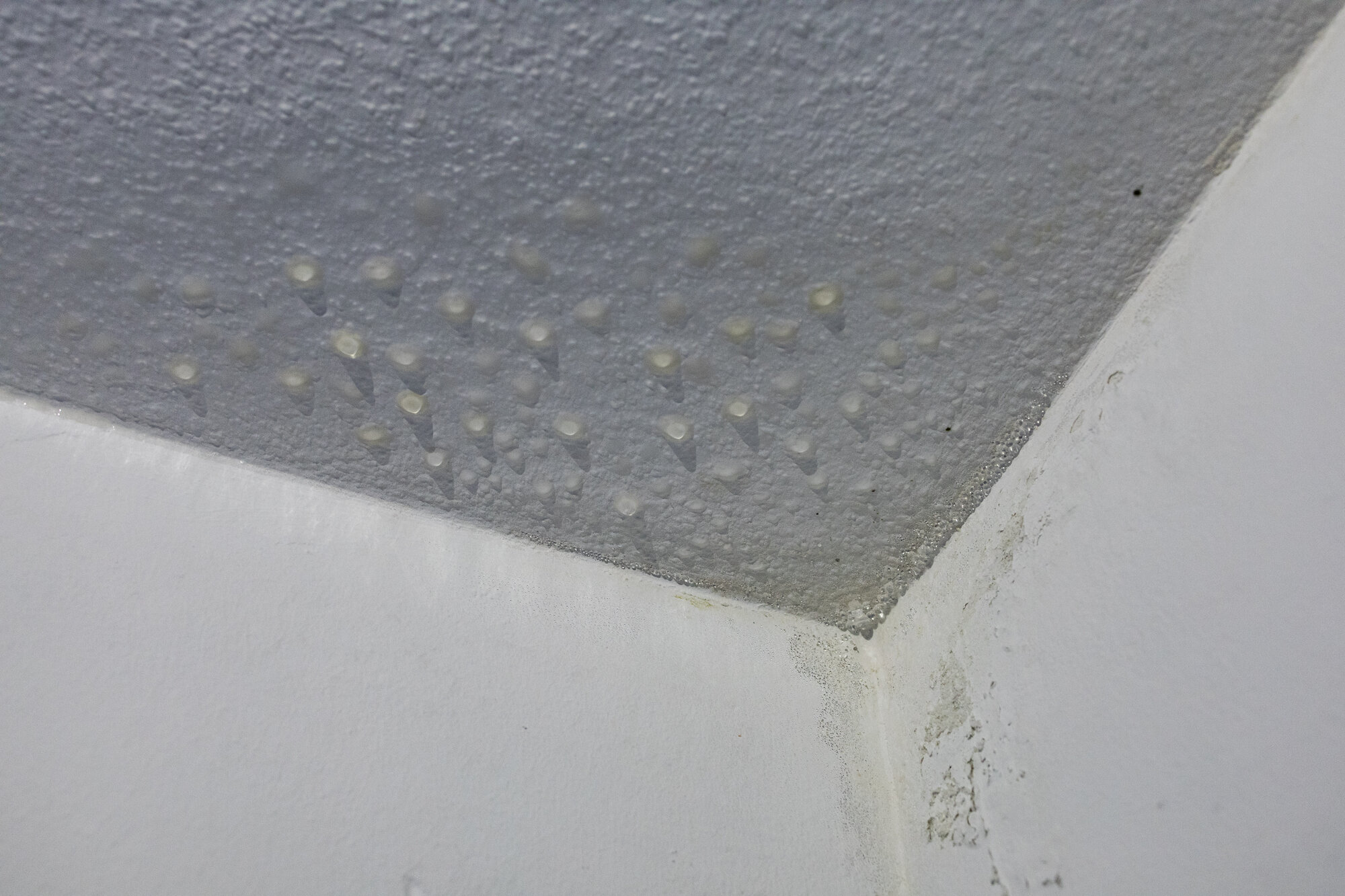
The pre-Christmas cold snap has likely left your walls cold to the touch. Whilst the mercury may have temporarily climbed, more freezing temperatures are coming. The walls remaining cold is an indication that they are either suspect to cold bridging, or the insulation is insufficient. We will discuss what else makes walls so cold, and how you can stop this issue.
How can you tell if your walls are cold?
It seems like a fairly obvious question to answer. Touch your walls. However, the issue can present itself in various ways and is intrinsically linked to dampness. The issues go hand in hand as cold walls will lead to condensation forming on them.
Your walls are likely to be cold to the touch if you know your house is lacking insulation. Older properties with solid walls are far more susceptible to this issue. The basis behind retaining heat within your property is the introduction of barriers to slow the passage of heat. If you have a solid-wall property, there is no extra barrier between the heat inside your home and the cold outside. Heat will naturally want to pass towards colder areas, which will lower the thermal comfort of your property.
Modern estimates place the percentage of heat loss through walls at 35%. That figure presents the largest percentage of loss, eclipsing the loss of heat through the loft and floor. The figure is this high due to the extra issue of thermal bridging around windows and doors. A thermal bridge is an area that has a higher thermal conductivity than the surrounding area. As a result, heat will find the path of least resistance and exit the property.
Cavity walls are designed with an air cavity; this provides a basic layer of thermal insulation for the property. Cavity walls most often have a U-Value of 1.5W/m² Solid brick walls normally have a U-Value of 2.0W/m². However, this is not sufficient so you will still ask yourself the question 'Why Are My Walls So Cold'?
The damp problem
Cold walls will often have signs of dampness on them. The combination of cold and dampness can lead to some issues that can affect the structural integrity of your property. Cracks in the external façade or damaged gutters can lead to water ingress. This can add to the potential condensation problem, leading to black mould or timber rot.
Damp tends to be easy to identify when it occurs. These are some of the signs to look out for:
- Damp patches
- Musty, damp spell
- Peeling off plaster
- Mould growth
- Wet & dry rot
- Peeling off paint
At the EWI Store, we offer several solutions to the problem of dampness. Whilst we strive to create total thermal envelopes for properties, they also double as hydrophobic barriers. The Silicone Render range is hydrophobic; water simply wicks off and does not penetrate the external façade. Our window bead range creates a reliable seal around window reveals, which is weatherproof for up to 25 years. The beads comfortably outperform regular silicone sealants as they are not susceptible to corrosion. We also offer solutions under the DPC, with XPS and Mosaic Render providing a hydrophobic barrier.
If dampness is already present in the walls, you will naturally need to wait for this to evaporate before installing EWI and render systems. We have previously discussed how to prevent water ingress and dampness!
Condensation on cold walls
As discussed previously, the ideal situation for condensation to form is when the property has cold walls. The walls provide the dew point for the warm moisture-laden air to condense onto and over time cause dampness. The dew point is crucial in relation to condensation and is intrinsically related to the warmth of your home:
'The dew point is the temperature the air needs to be cooled to (at constant pressure) to achieve a relative humidity (RH) of 100%. At this point, the air cannot hold more water in the gas form. If the air were to be cooled even more, water vapour would have to come out of the atmosphere in the liquid form, usually as fog or precipitation.' (Dew Point vs Humidity, National Weather Service)
We will discuss insulation as the primary solution to this issue further down. However, adequate ventilation is a crucial strategy in combatting condensation forming on walls. Opening windows and having mechanical ventilation installed can assist in this. A dehumidifier is another solution, however, it is not a permanent solution. You can use a dehumidifier when you are drying clothes for example, as the humidity rises.
Insulation as the solution to cold walls?
Insulation is widely regarded as the premier solution for cold walls. External wall insulation boards will form a thermal envelope around your property. As a result, the passage of heat through the wall is slowed down. Moreover, the walls act as a thermal store, retaining heat within them. This means that you will not need to turn on your heating as often, lowering your energy bills, along with improving the thermal comfort of your property.
The industry guidelines state that you will need a certain thickness of insulation to achieve 0.3W/m²K. The thickness varies depending on the type of insulation board you choose, as they have different levels of thermal conductivity. The three boards we stock at EWI Store are required in the following thicknesses:
- EPS – 90mm required = £8.25 ex VAT per board
- K5 – 60mm required = £15.80 ex VAT per board
- Rockwool – 110mm required = £21.50 ex VAT per board
*prices are subject to change
A well-insulated home is a home with walls warm to the touch, and a comfortable ambient temperature. If you have any questions about our insulation boards, leave us a comment! Alternatively, you can give our sales team a call.

